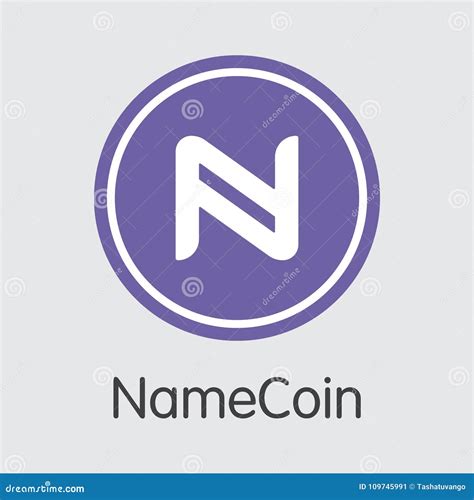Ethereum: Reveal the goal and the plans behind Namecoin
As an cryptocurrency enthusiast, one can often wonder about the sense of less known projects as a namecoin. Founded in 2013, Namecoin was initially designed as an alternative to Bitcoin for decentralized applications (DAPP) and other use cases that did not require direct interaction with a blockchain network. The name of the project, the abbreviation of the «name», referred to its objective of providing safer and private means of storage and management of identities.
Someone might think that after almost eight years, Namecoin would have found traction and important applications on the market. However, as you mentioned, it has not yet been widely used. However, there are several reasons behind this phenomenon. In this article, we will deepen the objective of Namecoin, its plans for the future and will explore what could stimulate its underuse.
Original objective: management of decentralized identity
Namecoin is designed to facilitate decentralized identity management (DID) at the start of cryptocurrency. The idea behind FI is to create a safe and transparent system where individuals can manage their digital identities in different blockchains without depending on the centralized authorities or intermediaries. By using Namecoin, users can store their private keys and access their own identity without having to worry about the subtleties of the blockchain.
Although it has drawn significant attention in recent years, Namecoin is initially focused more on the supply of a decentralized identity solution that could be used for various applications in addition to Bitcoin, such as digital markets, platforms social media and other decentralized services. Although these plans were discussed and experienced, they seem to have stopped.
lack of adoption: a key factor in the namecoin supply
So, what could stimulate the under-use of Namecoin? One of the reasons may be that his emphasis put on the management of decentralized identity has not aligned himself well with other projects or use cases. Although the Namecoin solution is now considered a niche technology, it may not have the amplitude and depth necessary to become a conventional player.
Another factor that contributes to the under-use of Namecoin can be the lack of important partnerships or integration with other projects of important blockchain. The absence of collaborations can make it difficult to obtain traction and settle in the cryptocurrency ecosystem.
The way to follow: What is the future reserve for Namecoin?

Despite its underuse, Namecoin always has a dedicated community and certain potential use cases which can revitalize its reputation. For example, there are ongoing discussions on the implementation of the Namecoin solution on various blockchain platforms to extend its scope.
In recent months, the Ethereum community has expressed interest in exploring the requests for Namecoin, which suggests that the project may not be completely dead. In addition, as the development of new decentralized identity solutions continues to grow, it is possible that Namecoin can become a viable alternative or even a ecosystem for itself.
Conclusion: the future of Namecoin
Although the under-use of Namecoin may seem like a missed opportunity, there are signs that the project has not been abandoned. As blockchain technology is evolving and new applications are emerging, Namecoin can find its niche among other decentralized solutions. With the continuous involvement of the community, partnerships and innovative ideas, Namecoin could potentially recover the meaning on the cryptocurrency market.
While we continue to explore the decentralized identity management potential and other blockchain technologies, it is essential to recognize the contributions of the project such as Namecoin.
